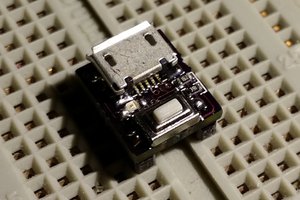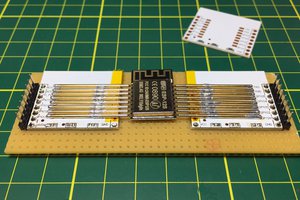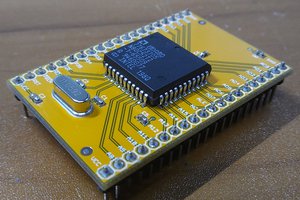This MINI-MUM board mainly does 4 purposes for me,
1. Leballing all the pins clearly
It's often very important to easily locate the pins you need, moreover, there are 2 naming conventions, the first is the orginal name from the IC vendor, it normally looks like this "PA_12", which stands for Port A Pin 12; the second is the Arduino-style numeric pin name such as "1", "2", "3" which is just mapping of the original pin name.

2. Provide extra information
On the back of the board, each pin is leballed with not only its original name, but also what peripherals are attached to the pin. For example, "PA_12" is a GPIO interruptable pin with PWM and SPI_MOSI functions.

3. Group the most commonly used pins
The most commonly used pins are UART pins, SPI pins, I2C pins and so on, these pins are grouped together and put on the side for easy identification

4. Provide male and female dual-mode pin headers
It's often found that I only have M-M jumper wire on my hand but the board's pins are all male header, then it's a little troubesome to find enough M-F jumpers just to complete a simple connection. So with this MINI-MUM, I can have 2 board by my side, the first one is all male-headers, the second all female header.

 SimonXi
SimonXi


 evgeny.zislis
evgeny.zislis
 Dave's Dev Lab
Dave's Dev Lab